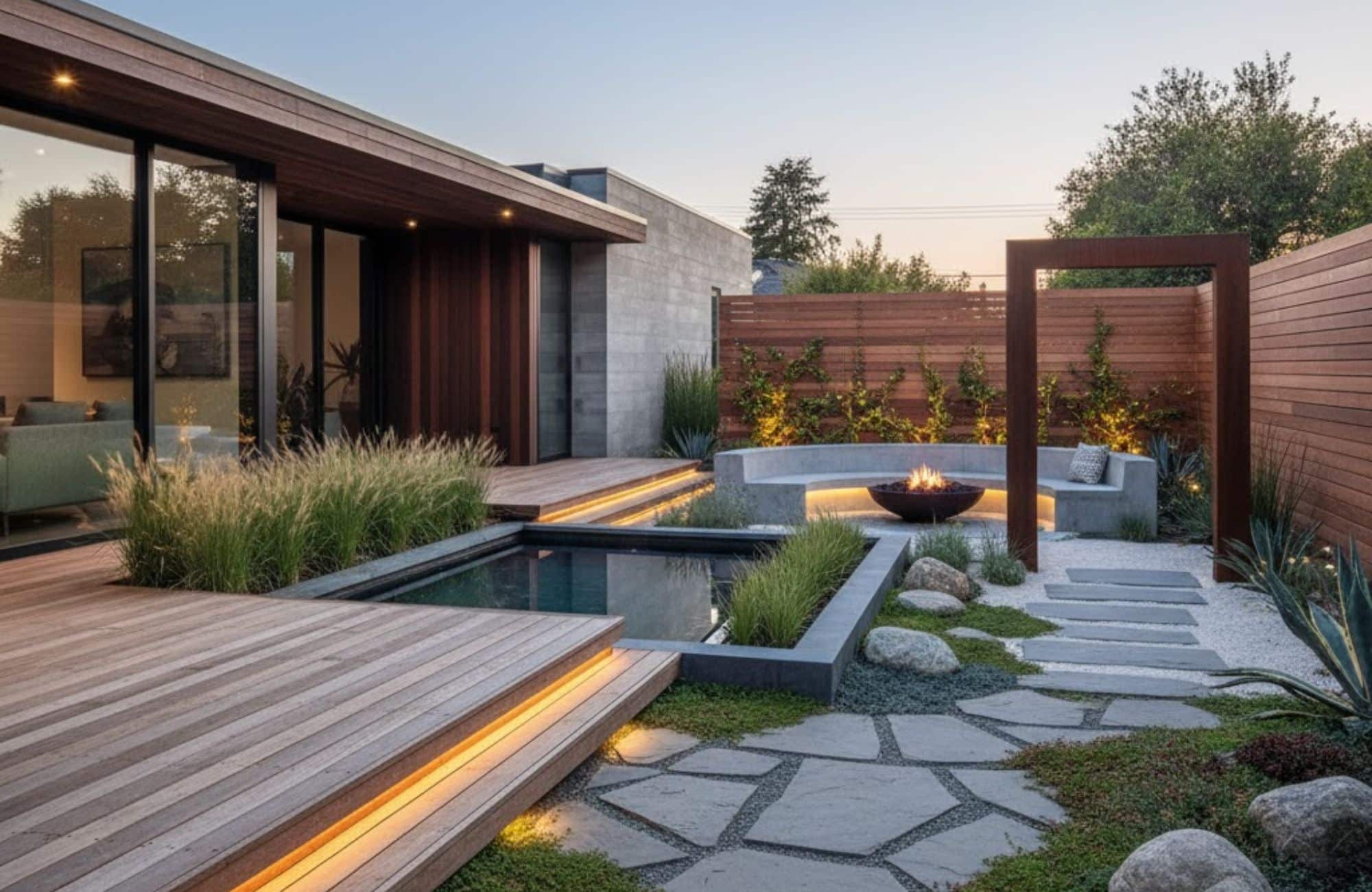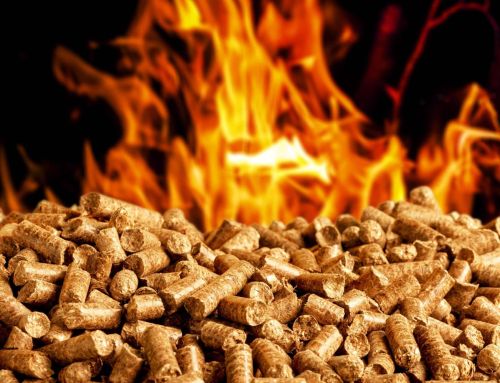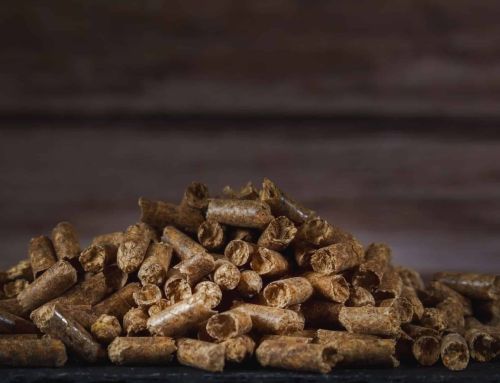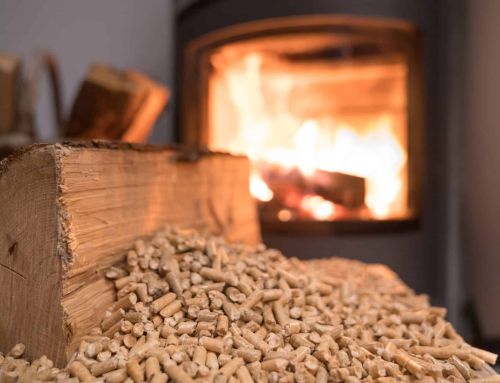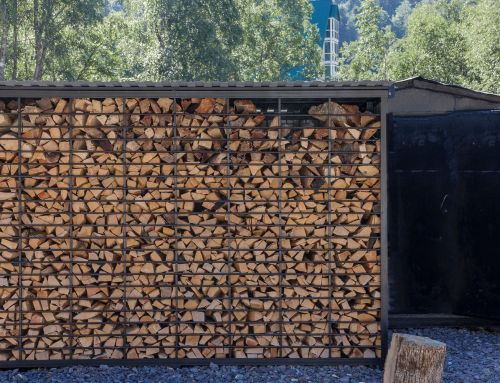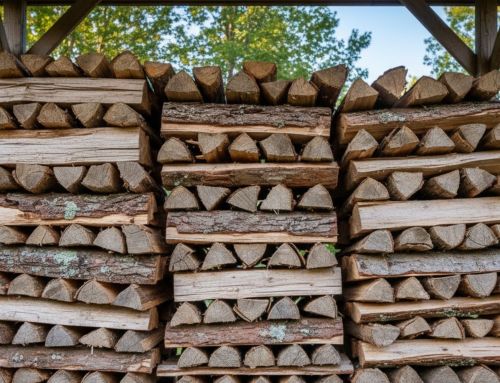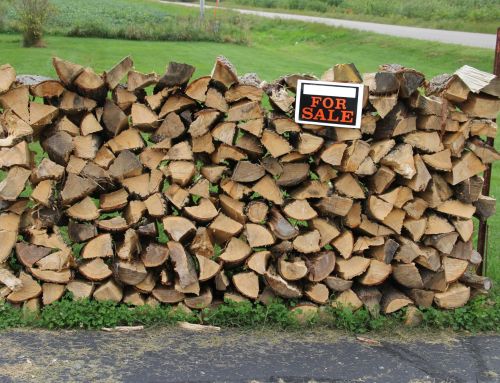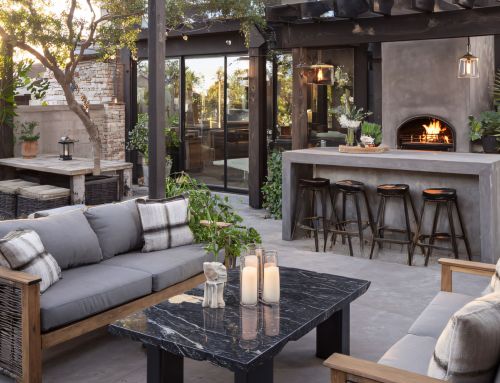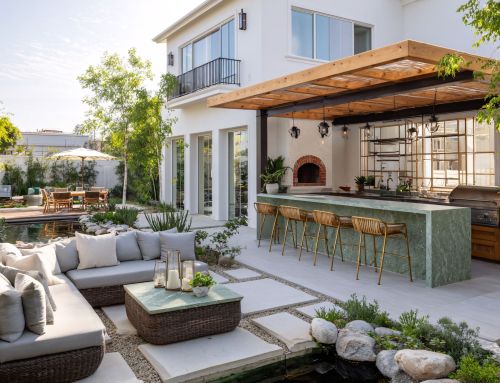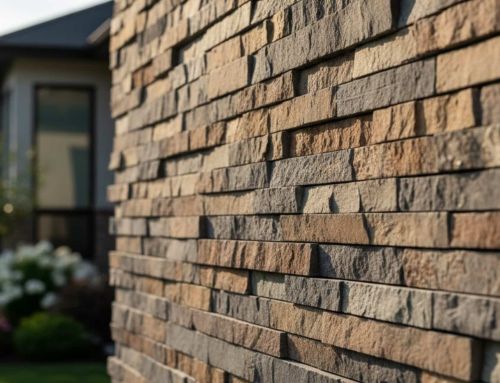Modern residential landscape design blends simplicity, balance, and structure to create outdoor spaces that feel calm, open, and functional. Clean lines replace clutter, while natural materials and thoughtful lighting turn ordinary yards into architectural extensions of the home. The focus is on functionality and form. Every path, plant, and patio has a purpose.
For homeowners across Massachusetts and New England, this design style isn’t just about aesthetics. It’s about creating a low-maintenance, durable, and beautiful outdoor living space that fits your lifestyle and the region’s challenging climate. At Old Station Outdoor & Landscape Supply, we help homeowners, contractors, and designers create balanced, modern outdoor spaces. We provide quality materials, custom stone fabrication, and expert guidance for every project.
What Defines Modern Landscape Design?
Modern landscape design is guided by clear principles, which are geometry, structure, and restraint. The goal is to simplify outdoor environments without making them feel empty. Each element should serve a function, whether visual or practical, while still reflecting natural beauty.
Modern design also thrives on contrast. Smooth concrete paths meet textured grasses. Bold shapes like square patios or steel planters are softened by ornamental grasses and warm-toned stonework. It’s about creating tension between natural and constructed forms that still feels balanced and welcoming.
The Role of Geometry and Space
Geometry defines modern landscapes. Straight lines, symmetry, and clear spatial organization create a sense of order that feels timeless. Rectangular patios, linear walkways, and symmetrical planting beds guide the eye across the yard with purpose. Open spaces in between create breathing room and a sense of visual calm.
Balancing Hardscape and Softscape
A successful modern landscape is more than just stone and concrete. It’s about balance. Hardscape features such as patios, retaining walls, and pathways provide structure. In contrast, soft textures from plants, grasses, and shrubs add life and movement. This combination prevents modern spaces from feeling cold or sterile.
Modern Hardscape Materials That Last in New England
In New England, where winters can be harsh and summers humid, material choice matters. The right combination of strength and aesthetics determines how well a modern yard performs over time. With proper materials, your outdoor space can last for decades instead of deteriorating quickly. Below are materials that homeowners often use to build sleek, lasting outdoor spaces.
Recommended Materials for Modern Patios
| Material | Aesthetic | Durability | Ideal Use | Maintenance |
|---|---|---|---|---|
| Granite | Sleek, natural, timeless | Excellent | Patios, steps, walkways | Low |
| Bluestone | Classic yet modern | High | Pathways, pool decks, retaining walls | Moderate |
| Porcelain | Polished, uniform finish | Excellent | Contemporary patios and outdoor kitchens | Very Low |
| Concrete | Industrial modern | Good | Modern driveways, edging, and minimalist designs | Moderate |
Each material offers a unique visual tone and modern feel. Granite and bluestone are popular for their natural strength and timeless appearance. Porcelain, meanwhile, delivers the crisp symmetry modern homes demand, resisting frost and stains with ease. Concrete is versatile, ideal for geometric shapes, concrete paths, and smooth retaining walls.
How to Choose the Right Material
Choosing materials for your modern yard comes down to aesthetic preference, functionality, and climate resilience. Each option offers unique benefits depending on your goals, maintenance expectations, and budget. Granite and bluestone are ideal for homeowners seeking natural beauty and long-term strength. They withstand New England’s freeze-thaw cycles without cracking or fading. Porcelain, on the other hand, provides a sleek, modern finish that resists stains, scratches, and moisture, making it perfect for patios, pool decks, and high-traffic areas. Concrete remains a versatile favorite for those who want to customize color, texture, and layout while maintaining a minimalist aesthetic.
Beyond visual appeal, it’s important to consider how each material interacts with your environment. Smooth surfaces like porcelain or polished granite are great for modern designs, but may need slip-resistant finishes near water features or shaded areas. Bluestone offers natural traction and a timeless tone that complements both modern and traditional homes. Concrete’s adaptability, on the other hand, allows for creative geometric shapes that help define outdoor spaces. Whatever material you choose, combining durability with thoughtful design ensures a cohesive and lasting result. This approach allows your outdoor space to look refined while performing beautifully through every season.
Design Strategies for Modern Residential Landscapes
Designing a modern residential landscape requires intention. Every feature, from layout to lighting, should feel connected to the home’s architecture. Modern landscapes use form, texture, and space to achieve a polished, enduring aesthetic.
Start by evaluating how you’ll use your outdoor area and define its purpose for entertaining, relaxation, or functional access. Planning around these needs ensures the space remains both visually appealing and livable throughout the year.
Create Functional Outdoor Rooms
Dividing your yard into “outdoor rooms” creates structure, flow, and functionality. A dining patio can transition seamlessly into a cozy fire pit area framed by low planters or stone walls. Clean lines and low-profile furniture help maintain the modern aesthetic throughout the space. Functional zones may include dining areas with porcelain or granite flooring and lounge spaces with fire pits and subtle LED lighting. Outdoor kitchens with stone countertops and built-in grills complete the design, creating a cohesive and inviting modern outdoor living experience.
Integrate Lighting and Texture
Lighting defines how a landscape feels at night. Warm LED lights along pathways or under stone benches create depth, while uplighting trees highlights vertical structure. Combine lighting with contrasting textures, smooth concrete beside rough stone, to emphasize the geometry of the design.
Sustainable Modern Design
Sustainability and modern aesthetics go hand in hand. Use permeable pavers, native plants, and recycled materials where possible. Integrating eco-conscious elements not only lowers maintenance but also enhances the property’s long-term functionality. Think Japanese forest grass or soft grasses that thrive in sun exposure while providing balance against harder surfaces.
Local Adaptation: Designing for New England Weather & Lifestyle
Modern landscapes in New England need more than beauty. They require resilience. The region’s freeze-thaw cycles, heavy rainfall, and seasonal shifts demand materials and layouts that can withstand nature’s tests.
Key considerations include:
- Drainage and grading: Ensure water flows away from structures to prevent erosion and frost damage.
- Material sealing: Seal bluestone or granite to prevent moisture absorption and cracking.
- Proper base layers: Compact gravel and sand layers reduce frost heave beneath patios and walls.
- Snow management: Design clear paths and avoid fragile plantings near walkways.
At Old Station Outdoor & Landscape Supply, we understand local conditions. Our team recommends region-specific stone and modern fabrication methods that keep your landscape stable and stunning throughout the seasons.
Maintenance & Long-Term Care for Modern Landscapes
Modern landscapes are designed to look effortless, but maintaining that appearance requires thoughtful care. Routine maintenance keeps materials and plantings looking sharp without major upkeep costs. Here’s how to preserve your modern yard year-round:
- Seal and clean surfaces annually. This prevents staining and moisture damage on bluestone, granite, or concrete.
- Trim and thin plants to maintain symmetry and prevent overgrowth.
- Check lighting fixtures for debris or corrosion, especially after winter.
- Inspect drainage and joints to ensure smooth water runoff and prevent heaving.
Because modern landscapes rely on simplicity and balance, even small upkeep steps make a noticeable difference. With proper care, your outdoor design will maintain its modern aesthetic for decades.
Conclusion
Modern residential landscape design is more than a style. It’s a thoughtful approach that blends structure, simplicity, and function. When paired with durable materials and planning, it transforms outdoor spaces into timeless extensions of the home. Each element, from clean-lined patios to carefully placed lighting and greenery, contributes to a sense of harmony and purpose. The result is an inviting environment that enhances curb appeal, supports outdoor living, and offers enduring value through every season.
At Old Station Outdoor & Landscape Supply, we make it simple to bring your vision to life. Contact us today to explore premium materials, expert design guidance, and dependable support. Whether you’re updating a small patio or creating a complete modern landscape, our team is ready to help bring your vision to life. We’ll ensure your outdoor space reflects your style, complements your home, and stands the test of time.
FAQs
What does modern landscape mean?
Modern landscape design means creating outdoor spaces that emphasize simplicity, clean lines, and functionality. It focuses on geometry, balance, and minimalism rather than ornate or decorative details. Materials like concrete, stone, and steel are often paired with structured plantings for a sleek, timeless look.
What are the 5 basic elements of landscape design?
The 5 basic elements of landscape design are line, form, texture, color, and scale. These elements work together to create harmony and visual interest in any outdoor space. In modern landscaping, designers use these principles to achieve balance and structure while maintaining simplicity.
What is the difference between modern and contemporary landscape design?
The difference between modern and contemporary landscape design lies in their inspiration and adaptability. Modern design is rooted in mid-20th-century architecture, emphasizing structure and clean geometry, while contemporary design evolves with current trends. In short, modern is timeless and consistent, while contemporary is fluid and ever-changing.
What is the newest landscape?
The newest landscape design trend focuses on sustainability, low maintenance, and climate-resilient materials. Homeowners are embracing native plants, permeable pavers, and energy-efficient lighting to create eco-friendly outdoor spaces. This approach blends modern aesthetics with environmental responsibility for long-term beauty and functionality.

